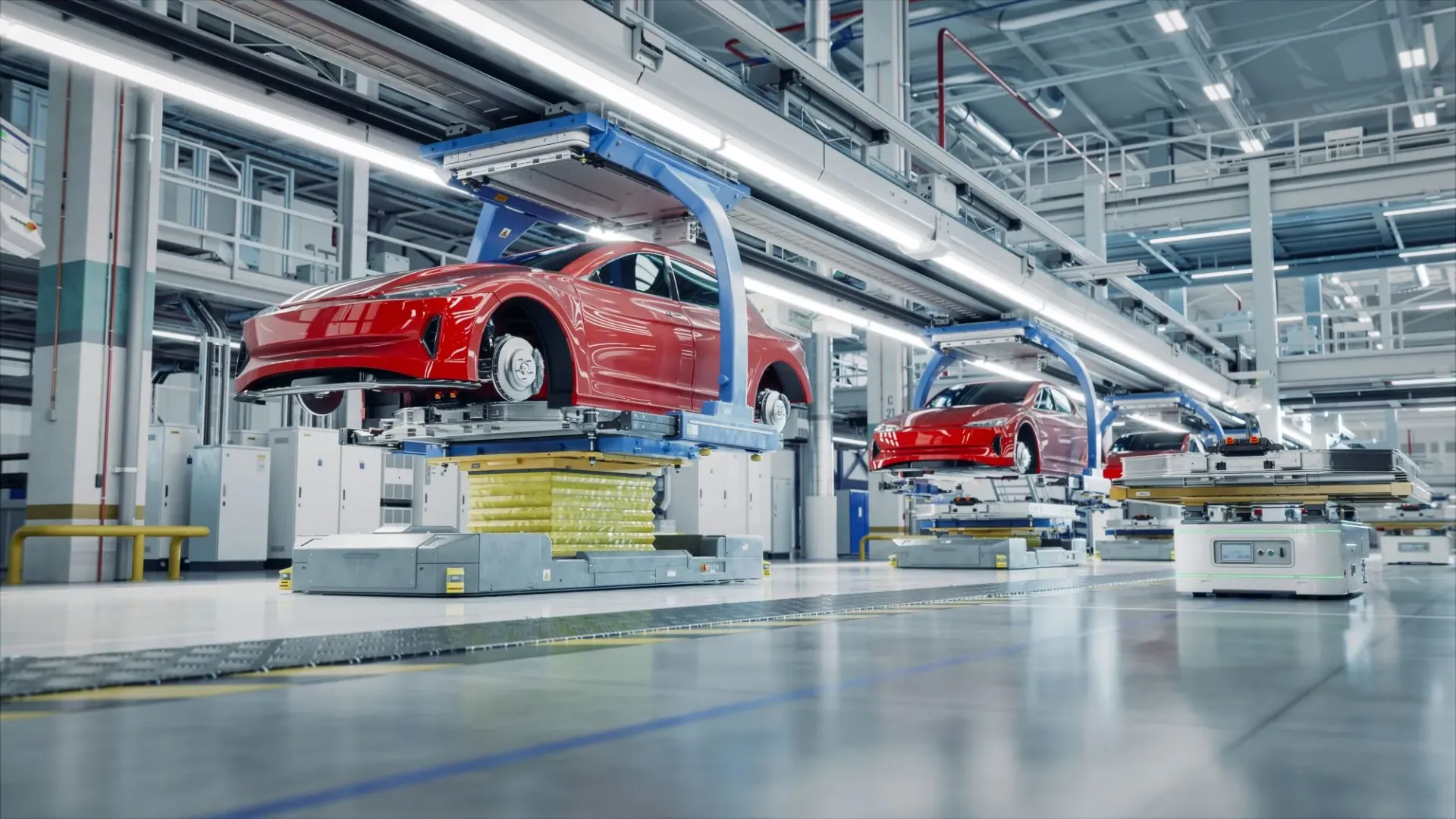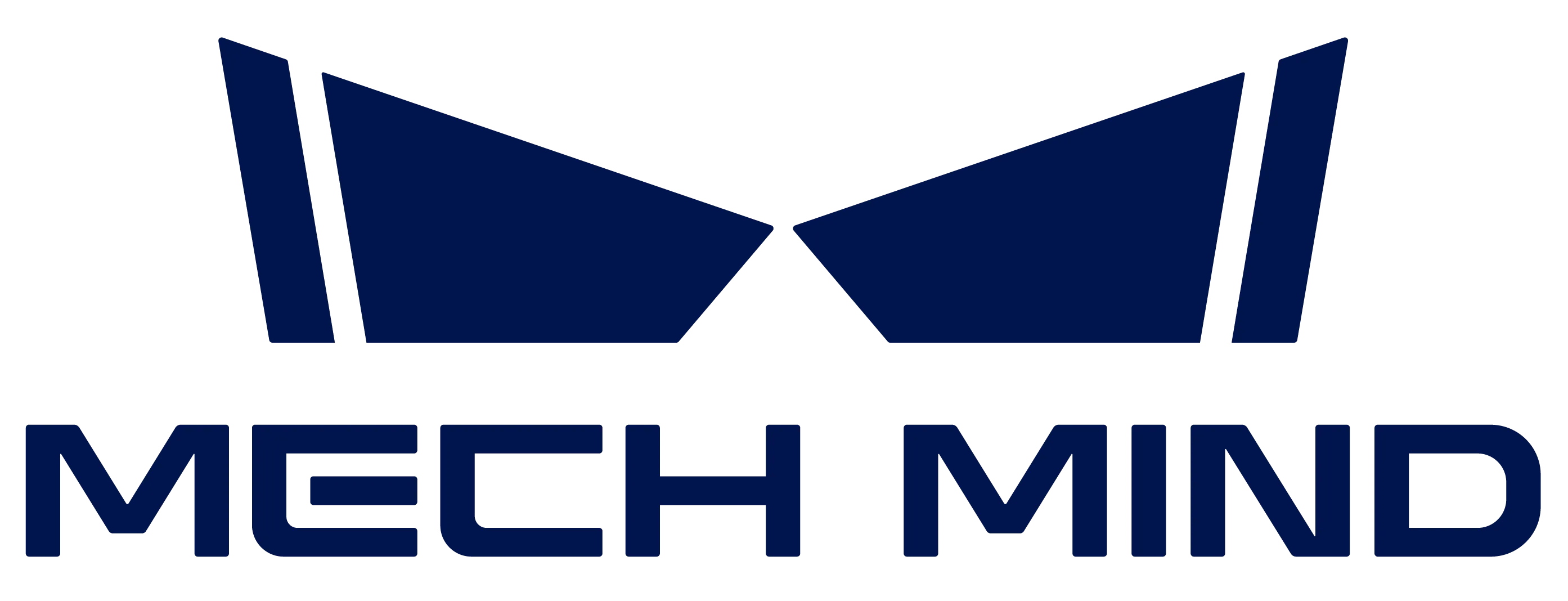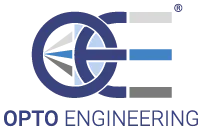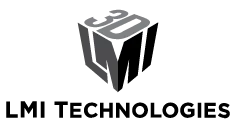Innovation for the automotive industry
Since 2012, Smart View has been helping companies in the automotive industry enhance efficiency, precision, and manufacturing quality. We specialize in optical quality inspection, DMC and barcode readers, offering solutions that drive cost reduction, maximum functionality, and innovation. Our technology has been successfully implemented in thousands of applications and has earned the trust of renowned companies both domestically and internationally.

We provide our customers with
- Utilizing multiple 3D camera systems for measuring large objects, such as vehicle body inspections or extensive assemblies.
- Synchronized measurement of complex parts, including large components with diverse surface characteristics.
- 3D Systems for Object Recognition and Manipulation, we leverage advanced algorithms for object identification, grip optimization, and motion planning with collision avoidance. These technologies enable solutions such as structured and unstructured bin-picking and reliable palletization and depalletization of various products.
- Quality control: Identifying deformations or defects on parts after stamping or welding to ensure they meet technical specifications.
- Bin-picking: Automated sorting of unsorted components such as screws, seals, or other parts from containers for further assembly.
- Handling of weldments and components: Precise manipulation of heavy and bulky parts like frame structures, doors, or body panels during production.
- Palletization and depalletization: Efficient stacking and retrieval of components from pallets, including tires, engine blocks, or chassis parts.
- Part sorting: Identifying, classifying, and organizing various components, including in logistics centers or assembly halls.
- Precise flatness inspection of assembly surfaces, such as vehicle doors or chassis frames.
- Seal surface quality inspection, ensuring perfect flatness for optimal sealing performance.
- Geometric and spatial parameter inspection, verifying the dimensions and placements of holes on parts.
- Detection of part deformations after welding or stamping.
- Detection of deformations: Identification of component defects caused by the manufacturing process, for example bent legs on connectors.
- Inspection of welded assemblies: Fully automated inspection of weld surfaces and the geometry of welded assemblies is possible only under precisely defined conditions – the diverse geometry of welds, the need for highly accurate 3D measurement, and advanced deviation analysis require specialized systems adapted to specific operating conditions.
- Presence and absence detection: Verifying the assembly of wiring harnesses to ensure all components are correctly connected. Inspecting the fastening of bolts on engine blocks or other critical parts.
- Surface defect inspection: Detecting scratches, dents, or imperfections on painted vehicle bodies. Identifying defects on glass components such as windshields or side windows.
- Precise optical measurements: Measuring the geometry of components, such as accurately inspecting engine part dimensions.
- Accurate robot navigation from conveyors and vibratory feeders: Handling parts on production lines, where robots precisely identify the position and orientation of each component. Assembling small parts, such as fastening elements.
- Reading standard and DPM codes: Inspecting serial numbers on individual components for manufacturing traceability. Reading Direct Part Marking (DPM) codes on metal or plastic parts.
- Deformation detection: Identifying defects caused by manufacturing processes, such as bent connector pins.
- Colour detection: Colour matching is possible under precisely defined conditions—correct spectral camera profiling, stable lighting, and thorough calibration are essential. Identifying colour indicators on parts for proper assembly.
From design to integration
1.
Customer interest
- Inspiration from references
- Expert consultation
- Preliminary price quote
2.
Analysis and solution design
- Application assessment
- Feasibility study
- Final offer
3.
Technical design of the system
- Component selection
- Software design
- Customized solutions
4.
Implementation
- Integration
- Functional testing
- Documentation processing
5.
Service and support
- Remote assistance
- User training


























